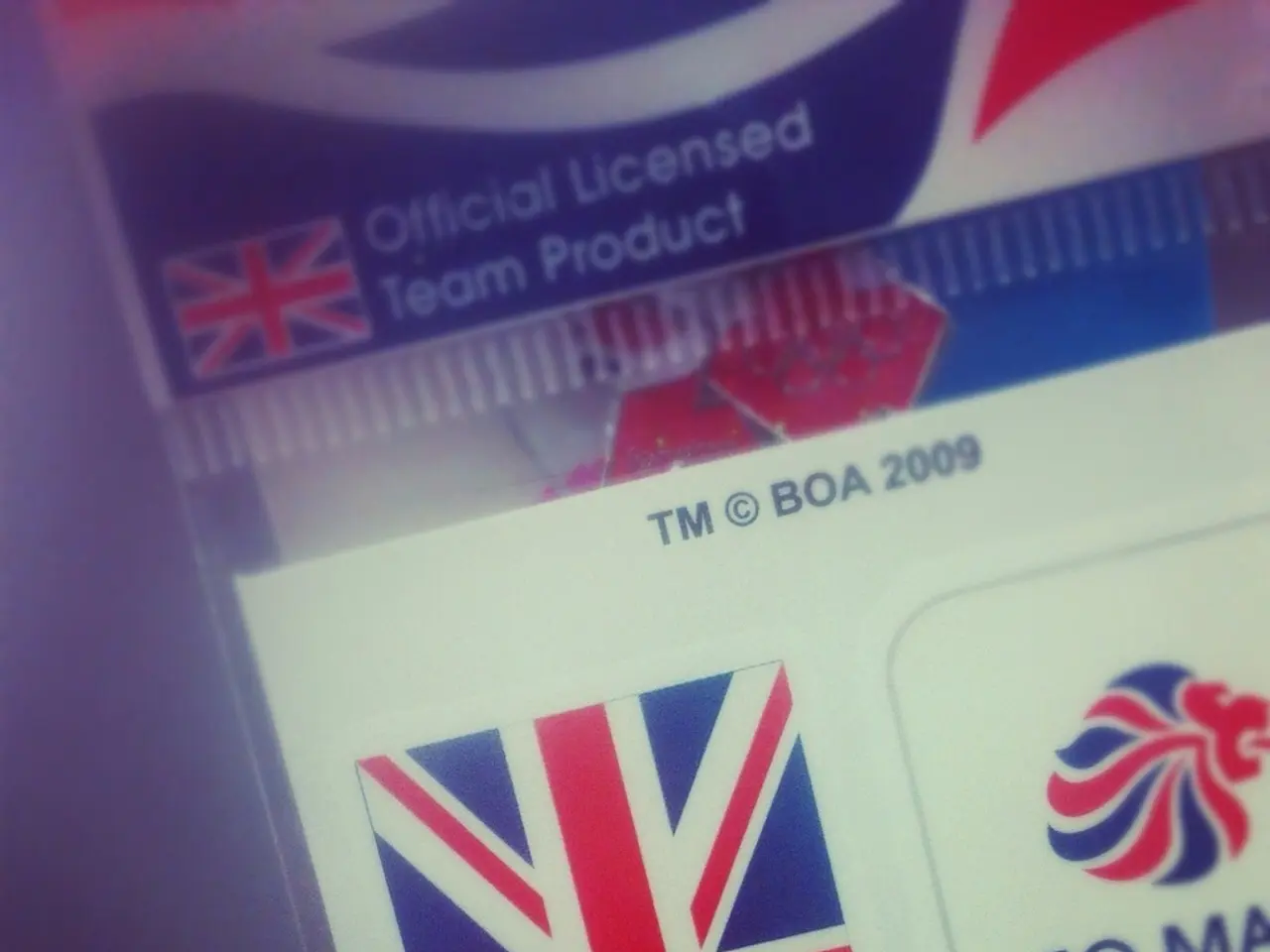Statistical Tests Explained: An Overview of their Importance and Uses
In the realm of statistical analysis, various tests are employed to uncover the connections between variables. These tests provide statistical evidence to support the outcomes of research studies. The choice of test depends on the specific research, variables used, and the desired data.
Parametric tests, with their tighter restrictions, offer the ability to draw stronger conclusions from data that conforms to the test hypotheses. Common parametric tests include t-tests (one-sample, independent two-sample, and paired), Analysis of Variance (ANOVA), Pearson correlation, and linear regression analysis. These tests generally assume that the data follow a specific distribution, usually a normal distribution, and involve parameters such as means and variances. They are best employed when the data are interval or ratio scale, approximately normally distributed, and the sample size is sufficient for reliable parameter estimation [1][2][3][5].
On the other hand, nonparametric tests do not rely on assumptions about the data’s distribution and are often used when parametric assumptions are violated, such as with ordinal data, non-normal distributions, small sample sizes, or skewed data. Common nonparametric tests include the Mann-Whitney U test (alternative to independent t-test), Wilcoxon signed-rank test (alternative to paired t-test), Kruskal-Wallis test (alternative to ANOVA), and Spearman rank correlation (alternative to Pearson correlation) [2].
When data are continuous and meet the assumptions of homogeneity of variance, parametric tests are preferable as they tend to be more powerful. However, when data are ordinal or nominal, sample sizes are small, or parametric assumptions (normality, equal variances) are not met, nonparametric tests are more suitable. Nonparametric tests are more flexible but generally less powerful [2][3][5].
T-tests are used to compare the averages of two groupings, while ANOVA and MANOVA tests are used for many groupings. Nonparametric tests, such as the Kruskal-Wallis test, are used when a study's data doesn't meet all assumptions, offering less solid inferences compared to parametric tests.
Correlation tests, like the Spearman test, determine whether variables are linked without assuming a cause-and-effect connection, and can be used to check for autocorrelation in multivariate regression tests. Sign tests are used when the independent variables are categorical and the dependent ones are quantitative.
Regression tests, on the other hand, are used to search for cause-and-effect connections, calculating the impact of one or more variables on another. The Wilcoxon Rank-sum test is used when there are two categorical independent variables and the dependent variable is drawn from distinct quantitative groupings, while the Wilcoxon Signed-rank test is best for data from the same grouping.
Lastly, the ANOSI test is the most suitable one to use when there are at least three independent categorical variables and at least two dependent quantitative variables.
In summary, understanding the appropriate use of statistical tests is crucial in drawing accurate conclusions from research data. Whether parametric or nonparametric, each test serves a unique purpose and should be chosen based on the specific characteristics of the data and the research question at hand.
References: [1] https://www.statisticshowto.com/ [2] https://www.statisticalanalysisconsulting.com/ [3] https://www.statisticshowto.com/ [5] https://www.ncbi.nlm.nih.gov/pmc/articles/PMC3758464/
- In the field of education-and-self-development, learning about various statistical tests, such as t-tests, ANOVA, correlation tests, and regression tests, is essential for conducting thorough research and interpreting media reports on statistical data.
- For an effective data analysis, it's important to consider the specific data available, its distribution, and the assumptions associated with each test, whether parametric or nonparametric, to ensure the most accurate sampling and findings.
- In the realm of science, choosing between parametric and nonparametric tests should be done thoughtfully as each test plays a unique role in uncovering connections within data, supporting research, and offering valuable insights for further education-and-self-development.




